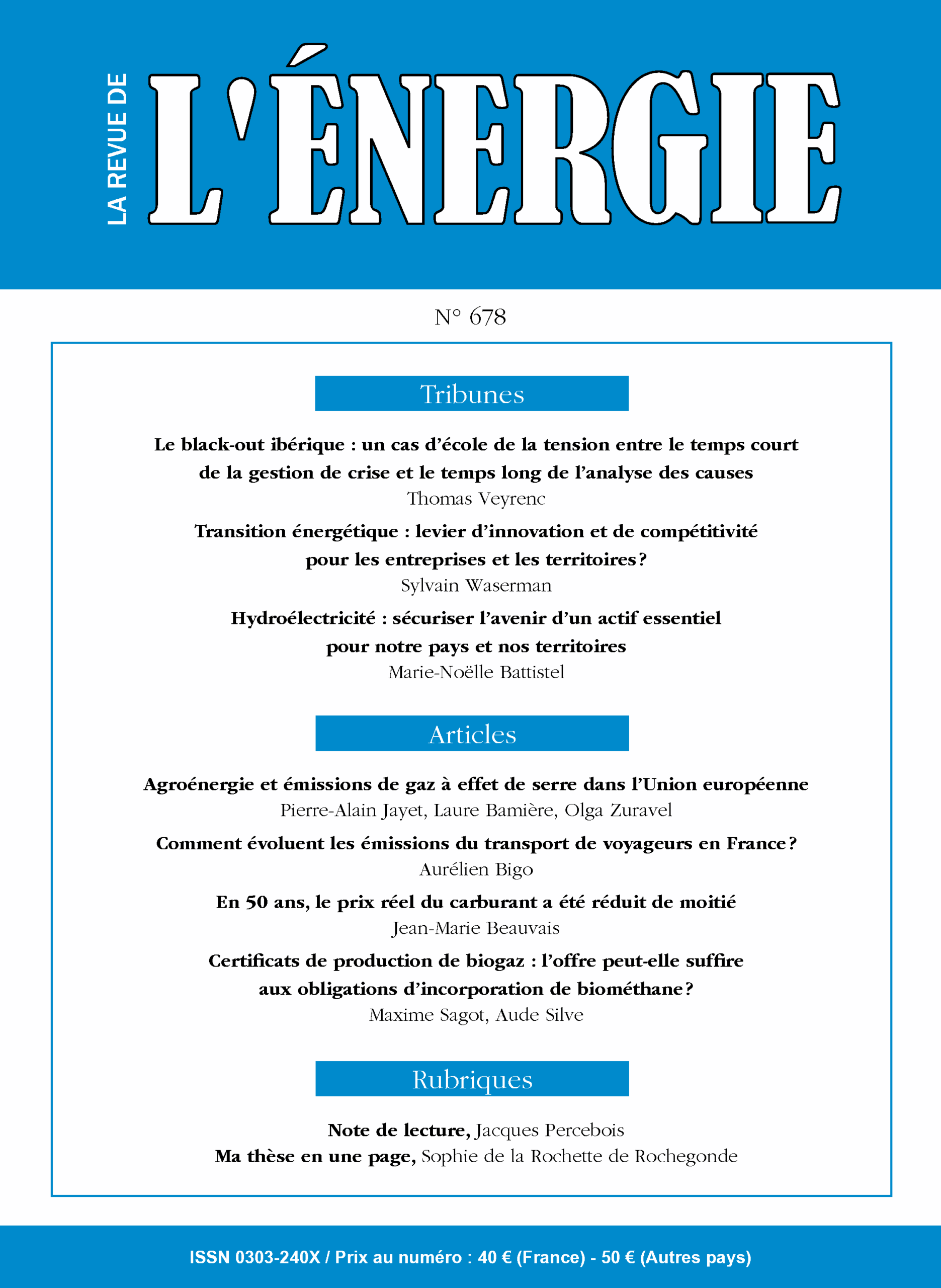Le travail réalisé dans le cadre d’un projet de recherche entre le CEA et un industriel a consisté à comparer des chaînes logistiques de transport maritime d’hydrogène entre l’Australie et le Japon à l’horizon 2050. L’objectif était de cibler les axes de R&D susceptibles d’aider les plus prometteuses d’entre elles en termes d’efficacité énergétique, de coût et de service rendu. Ainsi, le processus d’aide au choix multicritère qui a été mené concernait des systèmes non matures et par nature très incertains. On a confirmé l’importance du facteur humain (valeurs portées, vision du futur, aversion au risque notamment) dans le classement final des chaînes et souligné combien il était important que les acteurs concernés s’impliquent sans compter dans l’analyse. Il en va de la robustesse des résultats et de leur utilité pour les orientations stratégiques à donner.
Choosing the best technology for hydrogen shipments: an Australia-Japan case study for 2050
As part of a research project between the CEA (French Alternative Energies and Atomic Energy Commission) and an industrial company, a comparison was made of potential logistics chains for the maritime transport of hydrogen between Australia and Japan by 2050. The aim was to identify the most promising areas for R&D in terms of energy efficiency, costs and service provided. The multi-criteria selection process was carried out on systems that are not yet mature and are therefore, by definition, highly uncertain. We confirmed the importance of the human factor (in particular, values, vision of the future, level of risk aversion) in the final ranking of the chains, and highlighted the importance of involving the relevant stakeholders in the analysis. That was crucial to ensuring the robustness of the results and their value in identifying the optimal strategic directions to be taken.
Les auteurs remercient tout particulièrement Elise Le Goff, Hélène Boitel, Pierre-André Maitre et Stéphanie Desrousseaux du CEA Liten, qui ont réalisé les évaluations techniques, économiques et environnementales des chaînes d’approvisionnement en hydrogène, ainsi que la figure représentant ces chaînes.

